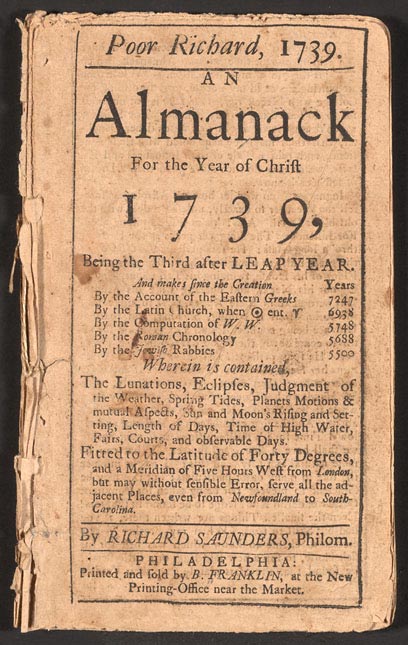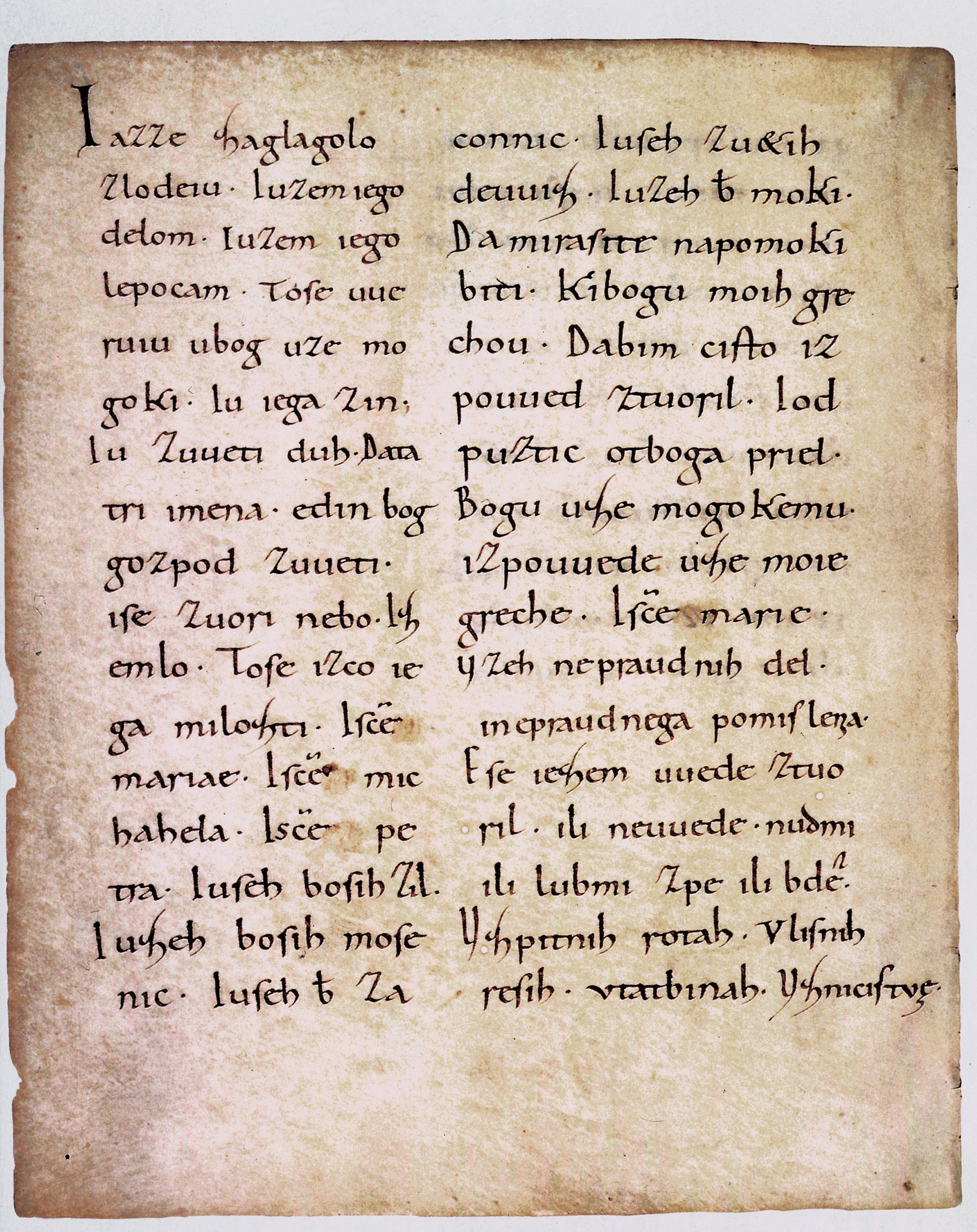|
Krajnska čbelica
''The Carniolan Bee'' ( sl, Krajnska čbelica) was the first almanac of poetry in Slovene. The first volume was published on 30 April 1830, with subsequent volumes published in 1831, 1832, 1834 and 1848. Its editor was Miha Kastelic, whereas the prominent authors were France Prešeren, Matija Čop Matija Čop (; 26 January 1797 – 6 July 1835), also known in German as Matthias Tschop, was a Slovene linguist, polyglot, literary historian and critic. Biography Čop was born in the small northern Carniolan town of Žirovnica, in what ... and Andrej Smole. The almanac was intended for educated readers and aimed at spreading Slovene among them. References External links * {{DEFAULTSORT:Carniolan Bee Almanacs Slovene poetry Carniolan culture 19th-century Slovene literature Publications established in 1830 ... [...More Info...] [...Related Items...] OR: [Wikipedia] [Google] [Baidu] |
Almanac
An almanac (also spelled ''almanack'' and ''almanach'') is an annual publication listing a set of current information about one or multiple subjects. It includes information like weather forecasts, farmers' planting dates, tide tables, and other tabular data often arranged according to the calendar. Celestial figures and various statistics are found in almanacs, such as the rising and setting times of the Sun and Moon, dates of eclipses, hours of high and low tides, and religious festivals. The set of events noted in an almanac may be tailored for a specific group of readers, such as farmers, sailors, or astronomers. Etymology The etymology of the word is disputed. The earliest documented use of the word in any language is in Latin in 1267 by Roger Bacon, where it meant a set of tables detailing movements of heavenly bodies including the Moon. It has been suggested that the word ''almanac'' derives from a Greek word meaning ''calendar''. However, that word appears only o ... [...More Info...] [...Related Items...] OR: [Wikipedia] [Google] [Baidu] |
Slovene Language
Slovene ( or ), or alternatively Slovenian (; or ), is a South Slavic languages, South Slavic language, a sub-branch that is part of the Balto-Slavic languages, Balto-Slavic branch of the Indo-European languages, Indo-European language family. It is spoken by about 2.5 million speakers worldwide (excluding speakers of Kajkavian), mainly ethnic Slovenes, the majority of whom live in Slovenia, where it is the sole official language. As Slovenia is part of the European Union, Slovene is also one of its 24 Languages of the European Union, official and working languages. Standard Slovene Standard Slovene is the national standard language that was formed in the 18th and 19th century, based on Upper Carniolan dialect group, Upper and Lower Carniolan dialect groups, more specifically on language of Ljubljana and its adjacent areas. The Lower Carniolan dialect group was the dialect used in the 16th century by Primož Trubar for his writings, while he also used Slovene as spoken in Lju ... [...More Info...] [...Related Items...] OR: [Wikipedia] [Google] [Baidu] |
France Prešeren
France Prešeren () (2 or 3 December 1800 – 8 February 1849) was a 19th-century Romantic Slovene poet whose poems have been translated into many languages.Database of translations – Prešeren , Slovene Book Agency, 2013 He has been considered the greatest Slovene classical poet and has inspired later . He wrote the first Slovene and the first Slovene epic. After his death, he beca ... [...More Info...] [...Related Items...] OR: [Wikipedia] [Google] [Baidu] |
Matija Čop
Matija Čop (; 26 January 1797 – 6 July 1835), also known in German as Matthias Tschop, was a Slovenes, Slovene linguistics, linguist, polyglot, history of literature, literary historian and literary critic, critic. Biography Čop was born in the small northern Duchy of Carniola, Carniolan town of Žirovnica, Žirovnica, Žirovnica, in what was then the Habsburg monarchy (now in Slovenia), into a relatively wealthy peasant family. He was sent to Ljubljana for primary and secondary schooling and then studied philosophy at the lyceums of Ljubljana and Vienna for three years. In 1817, he returned from Vienna and attended a priest seminary until 1820, when he left it to become a secondary school teacher in Rijeka, Kingdom of Croatia (Habsburg), Croatia. In 1822 he moved to Lviv (then also part of the Austrian Empire), when he started working as a teacher at the local lyceum, but was soon promoted to assistant professor at Lviv University. In 1827 he returned to Ljubljana, when ... [...More Info...] [...Related Items...] OR: [Wikipedia] [Google] [Baidu] |
Andrej Smole
Andrey, Andrej or Andrei (in Cyrillic script: Андрей, Андреј or Андрэй) is a form of Andreas/Ἀνδρέας in Slavic languages and Romanian. People with the name include: * Andrei of Polotsk ( – 1399), Lithuanian nobleman *Andrei Alexandrescu, Romanian computer programmer * Andrey Amador, Costa Rican cyclist * Andrei Arlovski, Belarusian mixed martial artist *Andrey Arshavin, Russian football player *Andrej Babiš, Czech prime minister * Andrey Belousov (born 1959), Russian politician * Andrey Bolotov, Russian agriculturalist and memoirist * Andrey Borodin, Russian financial expert and businessman * Andrei Chikatilo, prolific and cannibalistic Russian serial killer and rapist * Andrei Denisov (weightlifter) (born 1963), Israeli Olympic weightlifter * Andrey Ershov, Russian computer scientist * Andrey Esionov, Russian painter * Andrei Glavina, Istro-Romanian writer and politician * Andrei Gromyko (1909–1989), Belarusian Soviet politician and diplomat * An ... [...More Info...] [...Related Items...] OR: [Wikipedia] [Google] [Baidu] |
Almanacs
An almanac (also spelled ''almanack'' and ''almanach'') is an annual publication listing a set of current information about one or multiple subjects. It includes information like weather forecasts, farmers' planting dates, tide tables, and other tabular data often arranged according to the calendar. Celestial figures and various statistics are found in almanacs, such as the rising and setting times of the Sun and Moon, dates of eclipses, hours of high and low tides, and religious festivals. The set of events noted in an almanac may be tailored for a specific group of readers, such as farmers, sailors, or astronomers. Etymology The etymology of the word is disputed. The earliest documented use of the word in any language is in Latin in 1267 by Roger Bacon, where it meant a set of tables detailing movements of heavenly bodies including the Moon. It has been suggested that the word ''almanac'' derives from a Greek word meaning ''calendar''. However, that word appears only once ... [...More Info...] [...Related Items...] OR: [Wikipedia] [Google] [Baidu] |
Slovene Poetry
Slovene literature is the literature written in Slovene. It spans across all literary genres with historically the Slovene historical fiction as the most widespread Slovene fiction genre. The Romantic 19th-century epic poetry written by the leading name of the Slovene literary canon, France Prešeren, inspired virtually all subsequent Slovene literature. Literature played an important role in the development and preservation of the Slovene identity because the Slovene nation did not have its own state until 1991 after the Republic of Slovenia emerged from the breakup of Yugoslavia. Poetry, narrative prose, drama, essay, and criticism kept the Slovene language and culture alive, allowing - in the words of Anton Slodnjak - the Slovenes to become a real nation, particularly in the absence of masculine attributes such as political power and authority. Early literature There are accounts that cite the existence of an oral literary tradition that preceded the Slovene written l ... [...More Info...] [...Related Items...] OR: [Wikipedia] [Google] [Baidu] |
Carniolan Culture
Carniola ( sl, Kranjska; , german: Krain; it, Carniola; hu, Krajna) is a historical region that comprised parts of present-day Slovenia. Although as a whole it does not exist anymore, Slovenes living within the former borders of the region still tend to identify with its traditional parts Upper Carniola, Lower Carniola (with the sub-part of White Carniola), and to a lesser degree with Inner Carniola. In 1991, 47% of the population of Slovenia lived within the borders of the former Duchy of Carniola. Overview A state of the Holy Roman Empire in the Austrian Circle and a duchy in the hereditary possession of the Habsburgs, later part of the Austrian Empire and of Austria-Hungary, the region was a crown land from 1849, when it was also subdivided into Upper Carniola, Lower Carniola, and Inner Carniola, until 1918. From the second half of the 13th century, its capital was Ljubljana (Laibach). Previous overlords of Carniola had their seats in Kranj (Krainburg) and Kamnik (Stein), ... [...More Info...] [...Related Items...] OR: [Wikipedia] [Google] [Baidu] |
19th-century Slovene Literature
The 19th (nineteenth) century began on 1 January 1801 ( MDCCCI), and ended on 31 December 1900 ( MCM). The 19th century was the ninth century of the 2nd millennium. The 19th century was characterized by vast social upheaval. Slavery was abolished in much of Europe and the Americas. The First Industrial Revolution, though it began in the late 18th century, expanding beyond its British homeland for the first time during this century, particularly remaking the economies and societies of the Low Countries, the Rhineland, Northern Italy, and the Northeastern United States. A few decades later, the Second Industrial Revolution led to ever more massive urbanization and much higher levels of productivity, profit, and prosperity, a pattern that continued into the 20th century. The Islamic gunpowder empires fell into decline and European imperialism brought much of South Asia, Southeast Asia, and almost all of Africa under colonial rule. It was also marked by the collapse of ... [...More Info...] [...Related Items...] OR: [Wikipedia] [Google] [Baidu] |






